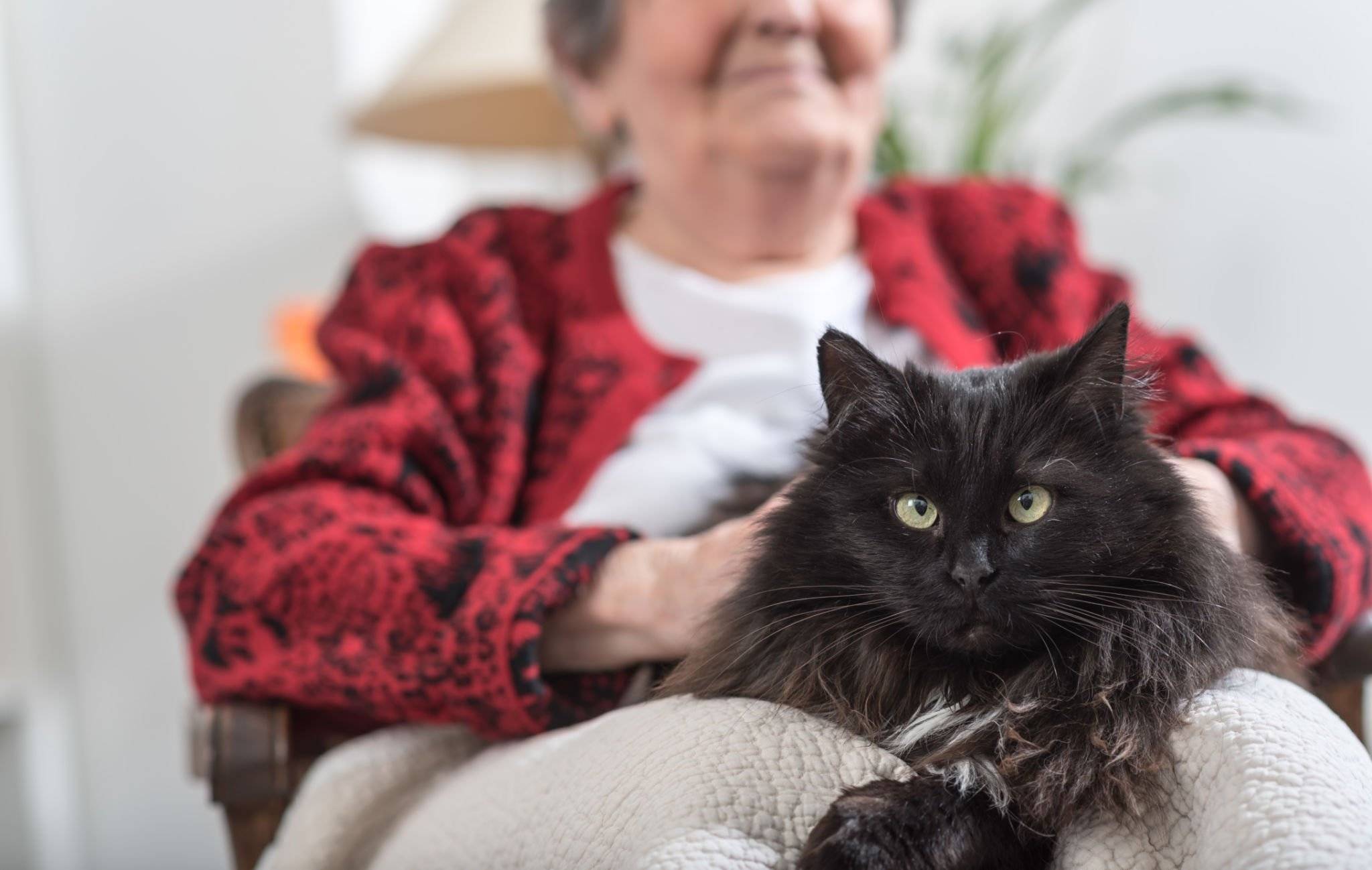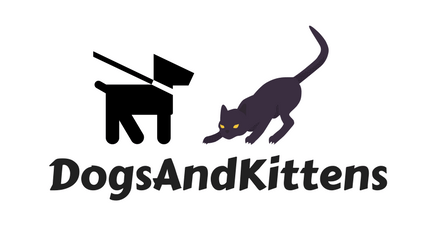
As our beloved pets start to age, it can be difficult to know how to best care for them. One of the biggest concerns for senior cat owners is what to feed their furry friends. With this in mind, research has been conducted to find the best ways to feed senior cats, and there are some helpful tips that cat owners should keep in mind.
In this article, readers will learn about the basic do’s and don’ts of feeding senior cats, what to keep an eye on with food labels, and answers to frequently asked questions. By following these guidelines, cat owners can ensure that their senior pets are getting the nutrition they need to stay healthy and happy.
Key Takeaways
- Senior cats have unique dietary needs that should be taken into consideration when choosing their food.
- It’s important to read and understand food labels to ensure that senior cats are getting the proper nutrition.
- Frequently asked questions about feeding senior cats can provide helpful insights for pet owners.
Basic Do’s & Don’ts
When it comes to feeding your senior cat, there are some basic do’s and don’ts to keep in mind. It’s important to make sure that your cat’s diet is well-balanced and contains all the necessary nutrients, including potassium and taurine, regardless of their age.
Do consider adding more fiber to your cat’s diet. Seniors are more likely to experience constipation, and adding fiber can help alleviate this issue if there are no underlying medical reasons for it.
If your cat is eating wet food, consider warming it up a bit before serving. Many older cats prefer their food to be warm, especially if it has been refrigerated.
Don’t feed your cat table scraps. While it may be tempting to share your food with your furry friend, table scraps can disrupt their regular diet and may lead to health issues.
When changing your cat’s food, make sure to do it gradually. Switching to a new food too quickly can cause digestive issues. Instead, mix the new food in gradually with the old food until your cat is fully transitioned.
It’s important to avoid feeding your senior cat food that is high in minerals or protein unless directed by your veterinarian. High-protein kitten foods should also be avoided.
Many cat owners believe that they need to switch to senior cat food once their feline friend reaches a certain age. However, most kibble adult foods and kibble senior cat foods have very few differences. As long as you are feeding your cat high-quality food that cuts out most of the fillers, they will be getting all the nutrients they need. Age labeling is often used as a marketing tactic to sell more expensive food to pet owners.
By following these basic dos and don’ts, you can ensure that your senior cat’s diet is well-balanced and healthy.
What to Keep an Eye on with Your Food Label
Meat is the First Ingredient
When looking for a protein source for your senior cat, always check the label to ensure that real meat is the first ingredient listed. This means that the food contains a high amount of meat, which is essential for a cat’s diet.
Do Not Be Afraid of Meat Meals
Meat meal, such as chicken meal, turkey meal, or salmon meal, is not a bad thing. It is simply protein with the water removed, making it a great source of protein for your senior cat.
Avoid fillers
So what is a filler? Well, fillers are ingredients that add bulk to cat food but do not provide any nutritional value. Cats are obligate carnivores, meaning they require a high amount of protein in their diet. Therefore, it is important to avoid foods that contain a lot of grains or by-products.
Stay Away from Dyes
Artificial dyes may make cat food look more appealing, but they are not healthy for your senior cat. It is best to choose cat food with natural coloring.
The key to ensuring your senior cat’s health is to know your cat and its specific needs. If you notice that your cat is not eating or losing weight, it may be time to reevaluate their food. In some cases, senior cats may require wet food with a higher water content. Always consult with your veterinarian before making any changes to your senior cat’s diet.
Sources:
How to Read Cat Food Labels: Understanding Ingredients and Nutritional Value
